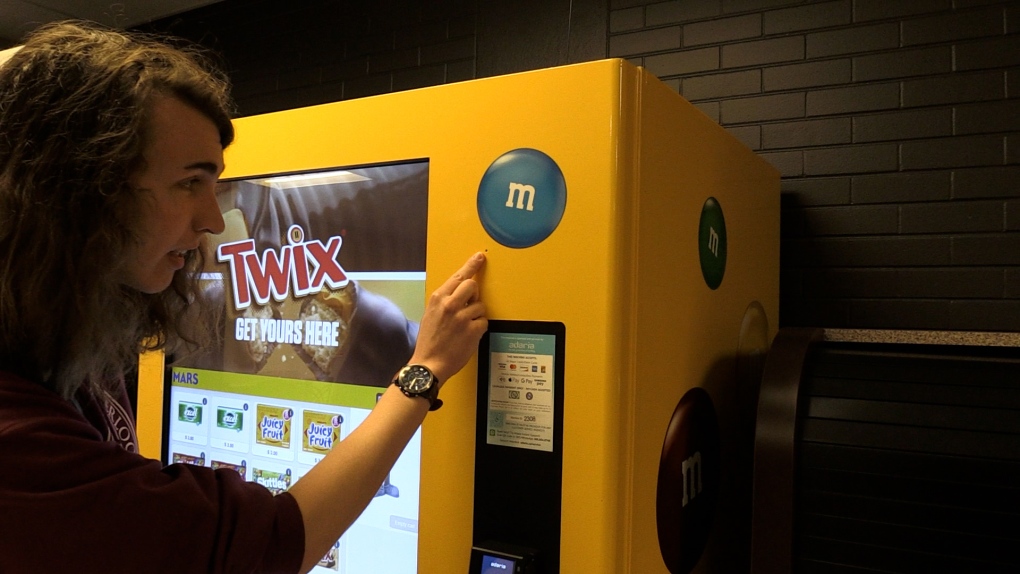A set of smart vending machines at the University of Waterloo is expected to be removed from campus after students raised privacy concerns about their software.
The machines have M&M artwork on them and sell chocolate and other candy. They are located throughout campus, including in the Modern Languages building and Hagey Hall.
Earlier this month, a student noticed an error message on one of the machines in the Modern Languages building. It appeared to indicate there was a problem with a facial recognition application.
“We wouldn’t have known if it weren’t for the application error. There’s no warning here,” said River Stanley, a fourth-year student, who investigated the machines for an article in the university publication, mathNEWS.



This story seems fishy. Why would the hole for the facial recognition camera be so poorly made? It looks like someone made it with a screwdriver, not something that was made in a factory.
Looks like a student might have used a pocket knife or similar implement to dig at the hole and enlarge it, to try to see if there was a camera.
I don’t think the article is the least bit fishy. I mean you can go to the vendors website and see the model and them claiming to use AI to detect demographics.
Link: https://a.storyblok.com/f/184550/x/e7435c019e/brochure-svm_generic-dark-netflix-ui.pdf
Here’s my own screenshot in case the vendor takes it down: https://photos.app.goo.gl/RiF1Phrroj65tMdd7
In a choice between thinking that a vending machine company put facial recognition technology into a vending machine or prankster students hacked the device to display a suspicious error message I would suspect the latter is the case.
However, watching the video and looking at the brochures on the manufacturer’s website, it looks like the manufacturer did indeed put rudimentary facial recognition in so they could gather demographic information on their customers like gender and approximate age for marketing purposes. Maybe the hole was damaged by curious students?
(After seeing your edit) to be fair, there are a ton of overblown hype articles that are actually built on nothing. The opposite side of skepticism (jumping onto the outrage bandwagon) is worse and more common than being skeptical. Its a shame things are not easier to verify.